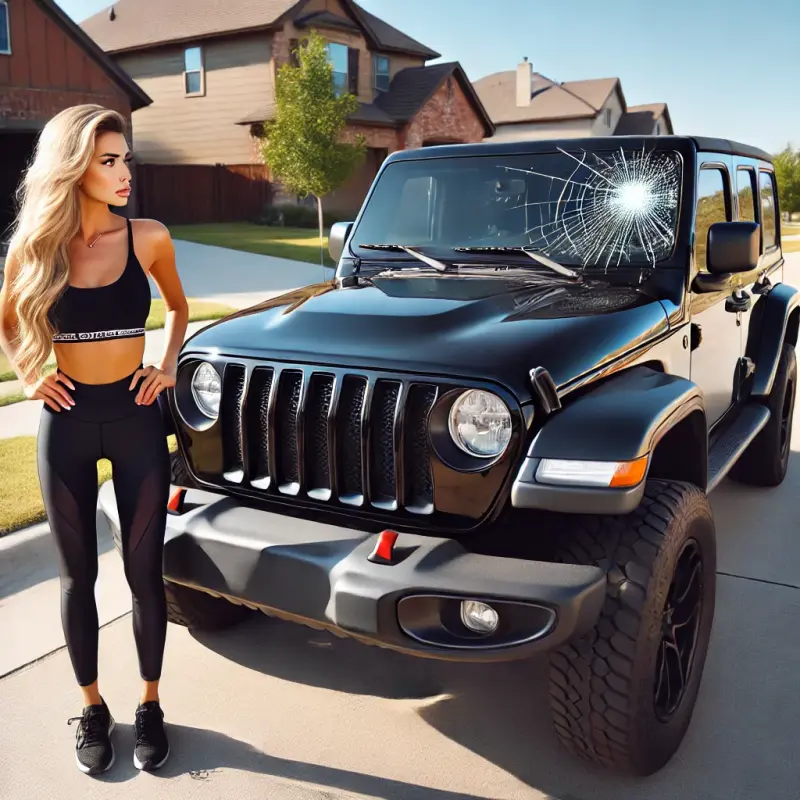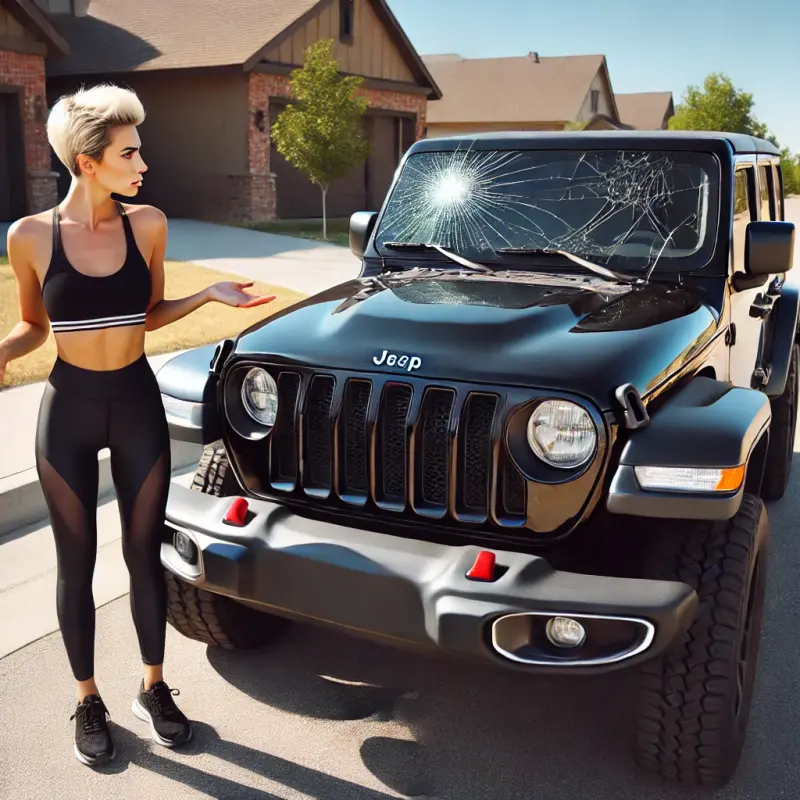Introduction
Ah, the great outdoors! There's nothing quite like taking a drive with the sun shining and the wind in your hair. But have you ever thought about what those glorious rays of sunshine are actually doing to your vehicle? While you might be focused on enjoying the ride, your auto glass is silently enduring a relentless battle against UV rays. That's right—those invisible rays can wreak havoc over time, causing damage that often goes unnoticed until it’s too late.
In this comprehensive article, we’ll dive deep into how UV rays can damage your auto glass over time. We’ll cover everything from the science behind UV radiation to practical tips for protecting your windshield and when to consider auto glass replacement or windshield replacement. Ready? Let’s get started!

How UV Rays Can Damage Your Auto Glass Over Time
UV rays are part of the electromagnetic spectrum emitted by the sun. They come in three types: UVA, UVB, and UVC, with UVA being the most prevalent type that reaches our planet's surface. While UVC rays are mostly absorbed by the ozone layer and don't pose a direct threat to our health or our vehicles, UVA rays penetrate deeper and can cause significant long-term damage to various materials—including your car’s auto glass.
Understanding Auto Glass Composition
Before we explore how these rays affect your windshields, let’s take a moment to understand what auto glass is made of. Most modern vehicles come equipped with laminated safety glass for windshields and tempered glass for side windows. Laminated glass consists of two layers of glass with a plastic interlayer sandwiched in between. This construction enhances durability and safety but also means that it has unique vulnerabilities to sunlight exposure.
The Science Behind UV Damage
When exposed to sunlight over prolonged periods, auto glass undergoes photodegradation—a process where UV radiation breaks down the molecular structure of materials. For windshields specifically:
- Discoloration: The clear layer can begin to yellow or develop a haze. Degradation: The protective coating may wear off, making the glass more susceptible to scratches. Structural Integrity: Long-term exposure can weaken the adhesive bonds holding laminated layers together.
In short, even if you can't see it happening immediately, those UV rays are slowly but surely taking their toll.
The Impact of Sun Exposure on Auto Glass
1. Discoloration and Haze Formation
One of the first signs of UV damage is discoloration or haze forming on your windshield. This not only affects aesthetics but also reduces visibility—especially during nighttime driving conditions or inclement weather.
What Causes Discoloration?
The primary culprit behind this discoloration is often oxidation caused by prolonged sun exposure. As UV radiation interacts with both the outer layer of glass and any coatings applied (like anti-glare), it leads to chemical reactions that result in that unsightly yellowish tint or fogginess.
2. Increased Risk of Cracks and Chips
It might surprise you that weakened auto glass is more prone to chips and cracks due to environmental factors like temperature fluctuations or road debris impacts. When the structural integrity is compromised because of prolonged sun exposure, even minor impacts can lead to significant damage—prompting costly repairs or windshield replacement.
Protecting Your Windshield from UV Damage
3. Use Quality Window Tinting
One effective way to protect against harmful UV rays is through quality window tinting. Not only does this give your vehicle a sleek appearance, but it can also block up to 99% of harmful radiation.
Choosing The Right Tint
When selecting window tint:
- Look for products labeled as "UV blocking." Consider local laws regarding tint darkness. Ensure professional installation for best results.
4. Invest in Protective Coatings
Another option includes protective coatings designed specifically for automotive applications. These coatings create an additional layer that reflects or absorbs UV radiation before it penetrates your windshield.

Benefits of Protective Coatings
- Increased resistance against scratches Enhanced clarity Longevity for both glass and wiper blades
Signs It's Time for Auto Glass Replacement
Raleigh Auto Glass5. Visible Cracks and Chips
If you've noticed cracks or chips developing on your windshield, it may be time to consider auto glass replacement rather than just repair.
Why Replace Instead of Repair?
- Safety concerns: A damaged windshield compromises structural integrity. Visibility issues: Cracks can obstruct your field of vision.
6. Persistent Haze Despite Cleaning Efforts
If regular cleaning doesn’t improve visibility because haze continues returning after cleaning attempts, this could signify deeper deterioration due primarily to long-term UV exposure.
FAQs About UV Rays and Auto Glass
Q1: Can I prevent my windshield from getting damaged by UV rays?
Absolutely! Using quality window tints and protective coatings can help significantly reduce UV damage over time.
Q2: How often should I replace my windshield?
This depends on several factors including wear & tear from driving conditions; however, if there are significant cracks or persistent haze affecting visibility—it’s wise to consider replacing sooner rather than later.
Q3: What should I look for when choosing an auto glass replacement service?
Look for certified technicians who use OEM parts along with warranties on their work; read customer reviews as well!
Q4: Is insurance likely to cover windshield replacements?
Most comprehensive insurance plans cover partial or full costs associated with windshield repairs/replacements; check details within your policy!
Q5: How do I know if my auto glass has been damaged by UV rays?
Look out for signs like discoloration/haze formation; if visibility decreases despite cleaning efforts—it may require further inspection!
Q6: Are there specific brands recommended when choosing tint films?
Some popular brands include 3M, Llumar & Solar Gard—all offer various options depending upon needs/preferences!
Conclusion
So there you have it! Understanding how UV rays can damage your auto glass over time gives you invaluable insight into preserving one aspect of vehicle maintenance that often gets overlooked—especially when it's sunny outside! From using quality window tints and protective coatings to knowing when it's time for auto glass replacement or windshield replacement—you now have all the information needed at hand.
Taking proactive steps today will ensure you're not caught off guard tomorrow by unexpected repairs—or worse yet—a compromised driving experience due solely to environmental factors beyond our control!
Remember folks; while life may be too short not enjoy some sunshine—it’s equally important not let those sunrays dim our view ahead!